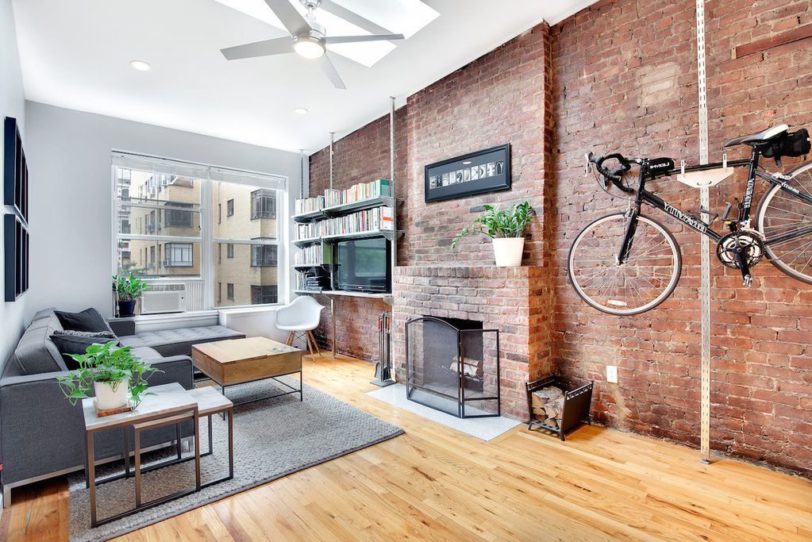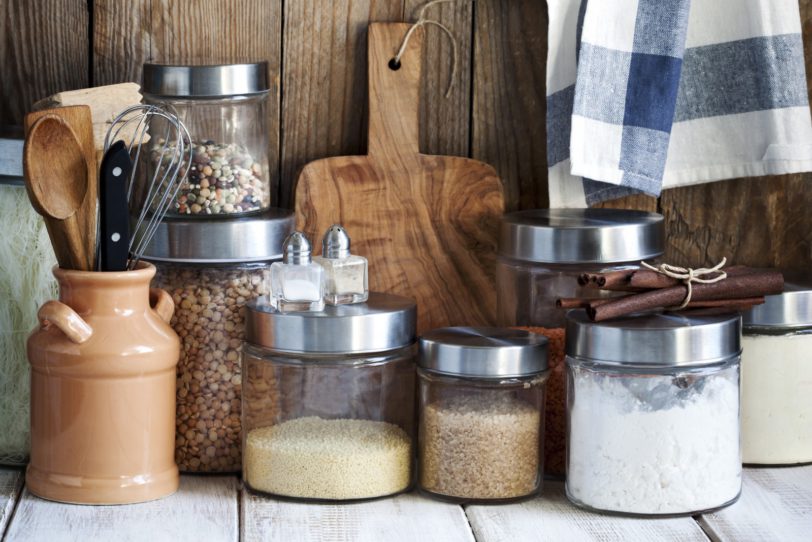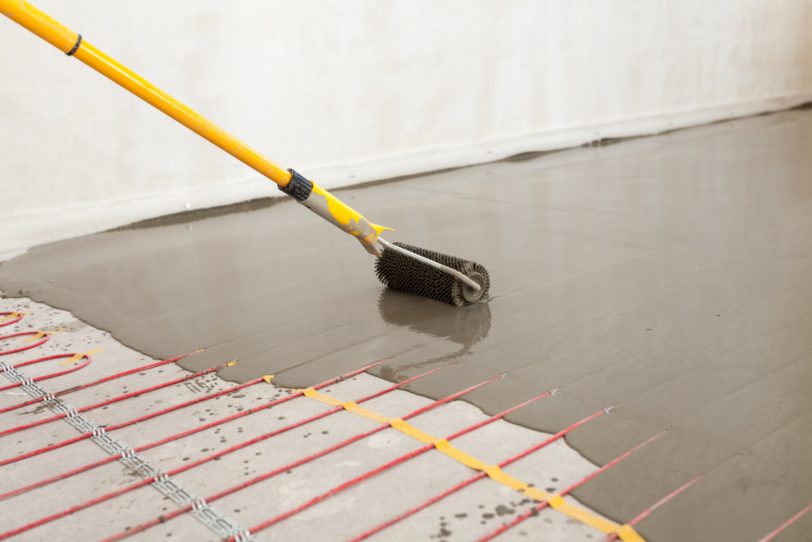Spring Cleaning 101: Make It Fast, Easy and Effective
Because you want to enjoy your space now without added fuss.
Spring is the perfect time to open up the windows in your house and clean every surface inch, but there’s no reason to spend more time on this task than necessary.
Use these tips to quickly get your home spic and span.
Have a plan
When it comes to spring cleaning, the best approach is an organized approach. “I recommend having a plan, which includes an outline of the areas you plan to clean, a schedule with time slotted to do that work (for you and any family members), as well as a list of products, tools and even cleaning techniques or tips pertaining to those areas,” says Melissa Maker, blogger and host of the popular YouTube show “Clean My Space.”
Choose the right supplies
When you’re making your spring cleaning plan, take inventory of what supplies you need to gather to begin cleaning. Once you figure out what you need, be sure to choose the most effective and powerful cleaning supplies so that the product is doing most of the work — not you.
Clean room by room
It’s easy to feel overwhelmed when you are going from room to room to complete various tasks. Choose to target one room at a time so you can see the results of your productivity quickly and not get discouraged.
Work smarter, not harder
Don’t scrub any more than necessary. Simple steps like soaking pots and pans before you scrub them, waiting for cleaning products to sit before you wipe down surfaces, and using the self-cleaning setting on your oven can save you tons of time.
Clean your cleaning supplies
Did you know your cleaning supplies, such as sponges or microfiber cloths, are most likely the dirtiest items in your home? It goes without saying that you can’t effectively clean your home with dirty supplies. So be sure to disinfect sponges or other cleaning supplies in a mixture of one part bleach and nine parts water for 30 seconds.
Don’t forget the …
There are several items in our homes that we often forget to clean on a regular basis. Among forgotten items, Maker recommends cleaning behind the oven, bathroom exhaust fans, refrigerator coils and window coverings.
Focus on the MIAs
Spring cleaning can be a huge undertaking (especially depending on the size of your home), so Maker suggests focusing on the MIAs, or the Most Important Areas. When deciding which area to choose, think about the most visible ones, like the living room or home office.
Get rid of the clutter
You can never truly have a clean and tidy home if you are buried in your own stuff. When cleaning out your things, remember the 80/20 rule: Only 20 percent of the items we own are truly important — so 80 percent of our belongings are just getting in the way.
Figure out ways to be more efficient in the future
While you are cleaning and organizing your home, take note of all the clutter that you most often find. For example, if you are finding that most of your clutter is paper, figure out the best ways to go paperless throughout the year.
Related:
Originally published March 24, 2016.… Read More






